Bringing the NextGen Cup to Life
November 18, 2019
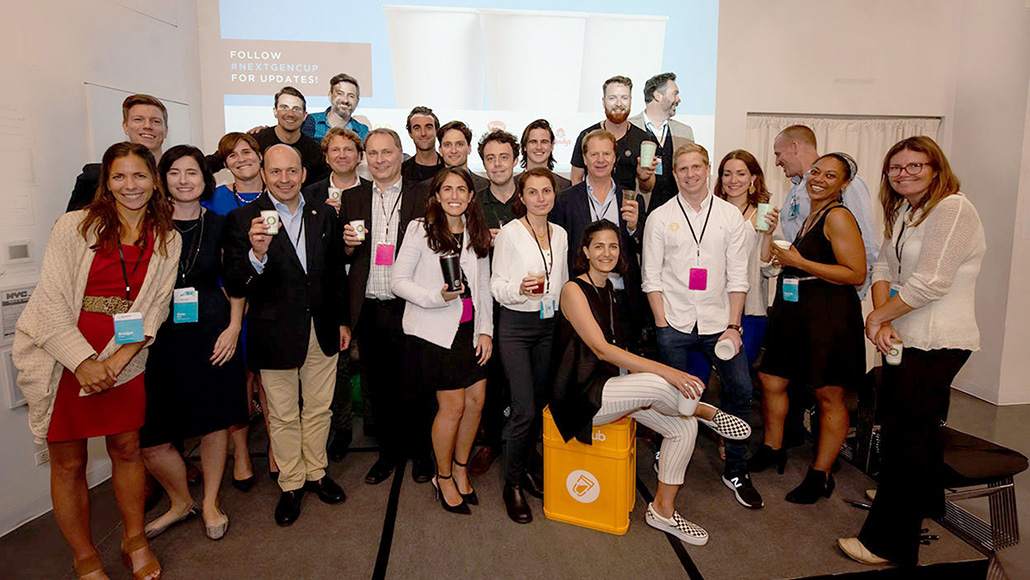
From 480 innovative ideas, to live prototyping, to preparing for pilot readiness and beyond, these next generation cups are paving the way for a waste-free future.
The NextGen Consortium is a global initiative convened by Closed Loop Partners’ Center for the Circular Economy. Starbucks and McDonald’s are founding partners of the Consortium, together with supporting partners The Coca-Cola Company, Yum! Brands, Nestlé and Wendy’s, as well as WWF as an advisory partner. OpenIDEO is the Consortium’s innovation partner.
The NextGen Consortium is working to change the future of beverage consumption. Together, brands, industry experts, and innovators are aiming to bring a waste-free to-go cup to market. With 250 billion fiber to-go cups produced annually, the majority of which end up in landfills today, this is not a small task that one stakeholder can solve alone. And that is the spirit in which the multi-brand NextGen Consortium was formed, launched by Closed Loop Partners in 2018 to advance the design, commercialization, and recovery of sustainable food packaging alternatives.
NextGen Cup is the Consortium’s first initiative, which began with an open call for solutions from around the world to redesign the fiber cup so that it’s fully recoverable at a global scale. Twelve winning teams were selected from the 480 submissions, and six of those teams recently completed an accelerator focused on getting their solutions ready to go to market. The accelerator led to significant progress for each of the teams, as they move along the journey from concept to tangible solution—Accelerator teams have now tested their solutions in a live environment, developed scalable manufacturing plans with 1-3 year rollouts, and have made improvements to their cup design to meet specific circular design criteria.
As we reflect on the learnings of brands, innovators, experts, and designers coming together to tangibly move the needle on a global issue, there are three conditions that have continuously contributed to measurable progress.
One: Collective brand investment
Why was this a collective effort, rather than one spearheaded by a single brand alone? Creating and scaling the next generation fiber cup for global recovery or reuse brings a host of challenges throughout the value chain.
From material choice, to cup design, to barista and customer experience, to integration with waste recovery streams (and much, much more), each component must be carefully designed, tested, and prototyped prior to piloting to ensure the solution can perform to the necessary quality and standards.
The NextGen Consortium was intentionally designed to be collaborative, both across the NextGen Consortium brands, and with the solutions themselves. The strategy behind this was two-fold:
- It’s faster together: Pre-competitive collaboration allows these brands to come together and share insights, learnings, and resources, making for a richer knowledge ecosystem overall. Similarly, cross-brand partnerships can send a unified signal to the market; for example, incentivizing wider adoption of sustainable materials or encouraging recovery systems to collect cups. By looking at multiple concepts at once, all stakeholders can move forward faster, including the teams themselves. Shared feedback mechanisms lead to enhanced learning for all involved.
- It’s less risky together: As partners and innovators learn, experiment, and work together across a number of concepts and concept types, all participants receive a clearer picture of what works through shared learnings and aggregated needs. With time and cup solutions iterations, the Consortium can work to mitigate any risks around introducing new concepts to market.
Two: Controlled prototyping experiences
In June 2019, the NextGen Circular Business Accelerator teams conducted live in-context prototyping at three different Google campus cafes in the South San Francisco Bay Area.
The goals of which were to:
- Accelerate learning: Prototyping helps teams learn faster and identify areas in need of development by testing solutions in an environment that is as close to a real market as possible.
- Test the whole system or a single hypothesis: Product and service systems can have a lot of interdependent moving parts. Prototyping is a low-risk way of testing how all of those parts work (or don’t work) together. It’s also useful for testing out a new feature or hypothesis that a team might have.
- Learn from users: Seeing first hand how users (coffee drinkers, restaurant workers, etc.) interact with and react to the solution is invaluable. The ability to hear their comments, answer and ask questions in real time is an important part of the process.
- Decrease risk: If a part of a solution does not work, it’s useful for teams to learn this early while the stakes are lower and while they still have the opportunity to incorporate what they learn into the next iteration of the product.
Choosing Google campuses as the prototyping location was a specific design choice. The closed environment of a campus approximates a high traffic retail cafe while offering the benefits of being able to control for key variables.
Cup teams had the opportunity to learn from a highly engaged group of users, and leverage Google’s network of micro-kitchens to explore multiple iterations of their solutions at the same time. Maintaining control across key variables provided teams with the opportunity to develop a prototyping plan that focused on the needs unique to their specific cup solution. For instance:
- Footprint was testing lid use and performance.
- Colombier was looking to compare different coating applications on their cups.
- CupClub wanted users to try out the UI/UX of their mobile application.
Three: A niche and specialized accelerator
Cup design is incredibly technical. From the integrity and safety of the cup itself, to the ability for baristas and users to handle them with ease, to becoming truly waste-free, constant attention to each and every one of these details (plus many more) required the development of a set of specialized metrics and tracking specific to this ecosystem.
For example, during the Google prototyping, teams were specifically evaluating:
- User experience: Teams explored first-hand how beverage drinkers interact with and react to their solutions. Testing was conducted in a variety of ways including design research interviews, surveys, observations and comments, and deep-dive question sessions.
- Barista experience: Many teams had yet to see and understand how their cups do or do not work within the barista context. This was a key initial exploration to determine how well the cup is nesting / de-nesting, holding up to certain types of drinks being made, as well as overall impressions from baristas on each cup.
- Performance: Teams measured general performance of each cup solution, including: how long cups must hold liquid at this location based on user habits, how well the cup regulated temperature either with / without a sleeve, how well the cup stacked, stored, nested and de-nested within the space, overall lid performance, etc.
- Disposal: Teams tracked where the cups ended up in bins across campuses in order to better understand what signifiers (written, visual, verbal, etc.) helped to inform consumers of the proper disposal method.
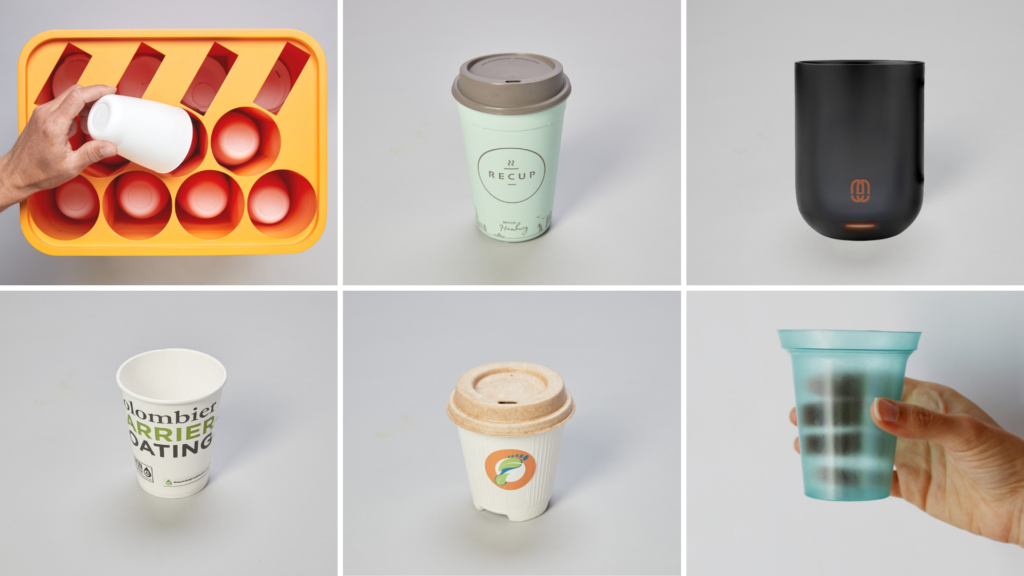
Top row: CupClub, ReCup, Muuse. Bottom row: Colombier, Footprint, SoluBlue.
Where cups end up after-use is a critical part of the journey and a key focus of the NextGen Consortium’s work. By connecting upstream cup innovation to downstream recovery infrastructure, and focusing on understanding and integrating new cup solutions within existing recovery systems, the NextGen Consortium aims to keep the valuable materials in cups in circulation. During the accelerator, teams visited and ran their new cup solutions through materials recovery facilities (MRFs) to see first-hand what happens to their cups at end-of-use. They examined the value of their cup materials post-processing to better understand the market incentives for recycling or composting, which are ultimately driven by end markets.
The benefits of focusing on this very specific world of sustainable cups continued to ring clear as teams graduated from the accelerator and pitched their solutions live to NextGen Consortium Partners and a group of investors during Climate Week NYC, in September 2019. When it comes to storytelling and understanding the breadth of solutions available within the fiber to-go cup ecosystems, seeing each of the solutions side by side helped investors, partners, and teams understand the value of each of their approaches. The cup solutions included:
Reusable cups and cup systems solutions:
- CupClub: A returnable cup ecosystem, providing a service for drinks. Think bike sharing, but for cups.
- ReCup: A deposit system for reusable cups. Rent a cup and return it to any participating partner shop. No cleaning of the cup or carrying around required.
- Muuse: A deposit-based platform for smart, reusable beverage packaging, connecting their cups–and third party products–to Internet of Things technologies. (Formerly Revolv)
Single-use fiber cups and liners solutions:
- Colombier: A recyclable and compostable barrier for paperboard cups.
- Footprint: Cups, lids and straws that are fully formed fiber-based solutions, with an aqueous-based coating that is recyclable and compostable.
Innovative new materials:
• Solublue: Plant-based, food grade and non-toxic products that biodegrade after use.
What’s next for the NextGen Cup?
As each of the six teams stepped off the stage during the final accelerator pitch event, the NextGen Consortium entered the next phase of this work: pilot readiness testing.
After the initial prototyping at Google campuses, select teams will now work to increase the size and complexity of their testing locations, looking at universities and offices, among other locations. Additionally, these teams will now begin to prototype alongside select teams from the NextGen Consortium’s “Advanced Solutions Program,” later-stage teams from the NextGen Cup Challenge that did not require the initial accelerator programming. As these teams work to reach market readiness, their greatest need is additional data points that will prove their concept’s ability to operate at scale.
The pilot readiness tests aim to provide much of that data and help setup teams for next steps around scalability. In parallel, the NextGen Consortium will continue its work convening experts and identifying opportunities to align new cup designs and materials with the infrastructure like MRFs, paper mills, and other recyclers that would process them at end-of-use.
From 480 innovative ideas to live prototyping to preparing for pilot readiness and beyond, these next generation cups are paving the way for a waste-free future. These are not solutions that will be ready overnight and require multiple layers of testing and iteration. That’s why NextGen Cup has a multi-stage, multi-year approach to identifying, testing, and scaling sustainable cup solutions to integrate into the global supply chain.
NextGen Cup is designed to both acknowledge the complex journey of the cup, from design through to cup recovery after-use, and accelerate it by de-risking the process in its collective efforts and creating methods for effective prototyping and pilot readiness.
Related posts
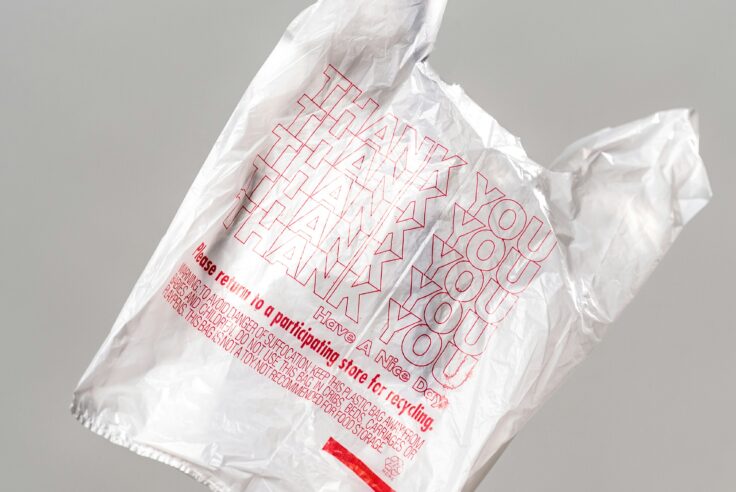
Press Release
Beyond the Bag Initiative Releases Its Largest Study...
The Consortium to Reinvent the Retail Bag unveils insights...
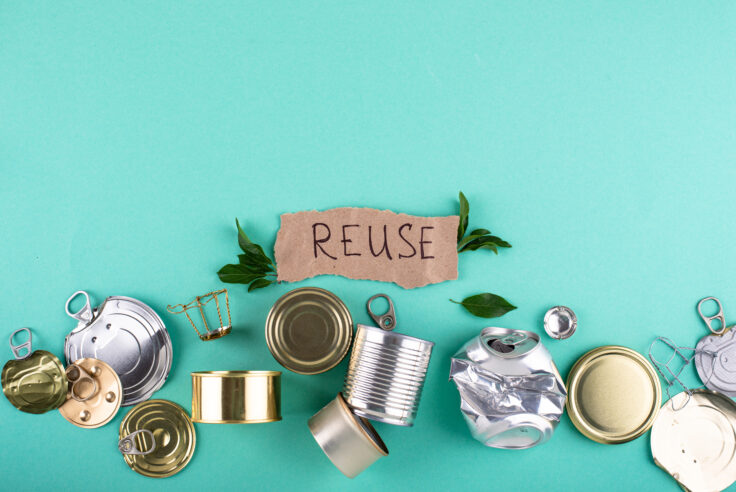
Blog Post
For Reuse to Work, Language Matters
A quick guide to messaging for reuse programs and getting...

Press Release
Closed Loop Partners’ Composting Consortium Launches...
The grant program for composters and communities comes...
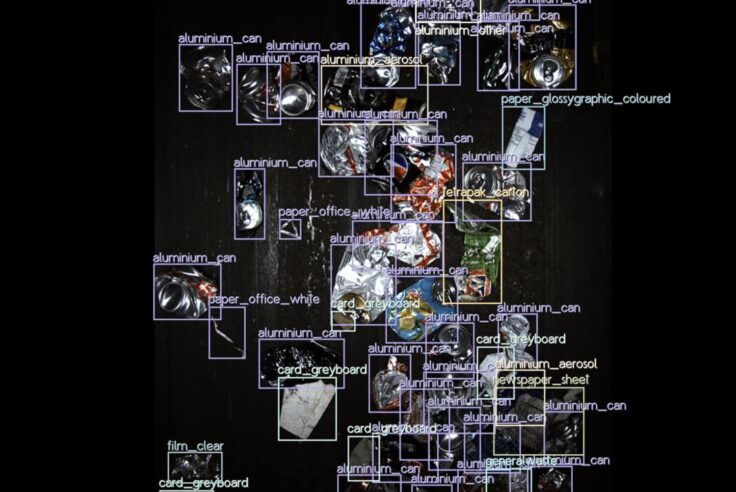
Press Release
New Data Reveals High Quantities of Food-Grade Polypropylene...
Closed Loop Partners’ Center for the Circular Economy...
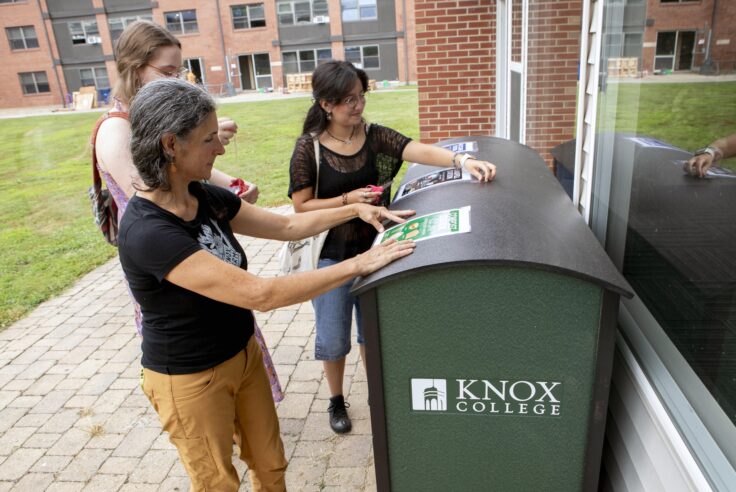
Blog Post
Keeping Compost Clean: Tools to Help Reduce Contamination...
The Composting Consortium interviews EcoProducts to...
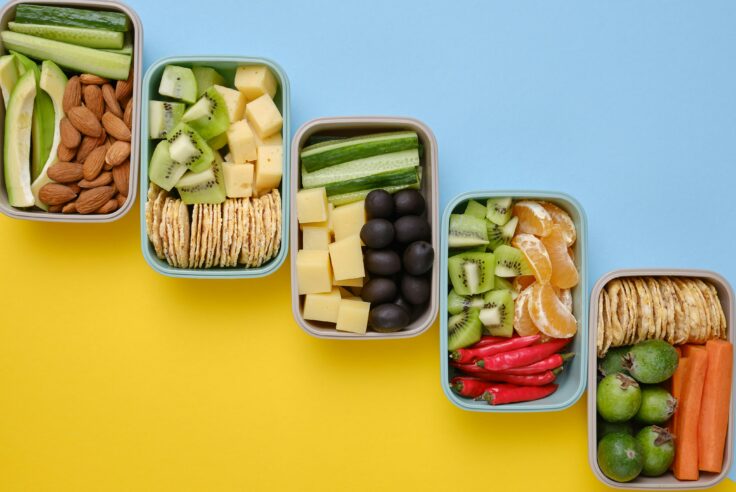
Press Release
Closed Loop Partners and U.S. Plastics Pact Identify...
Packaging types primed for reuse lay the groundwork...
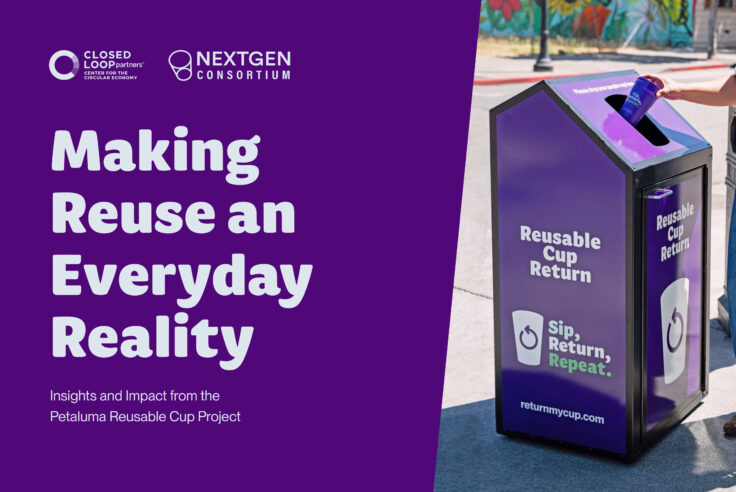
Press Release
Groundbreaking Results From Citywide Petaluma Reuse...
The Petaluma Reusable Cup Project from the NextGen...

Press Release
Closed Loop Partners Unveils Groundbreaking Findings...
Closed Loop Partners’ Center for the Circular Economy...
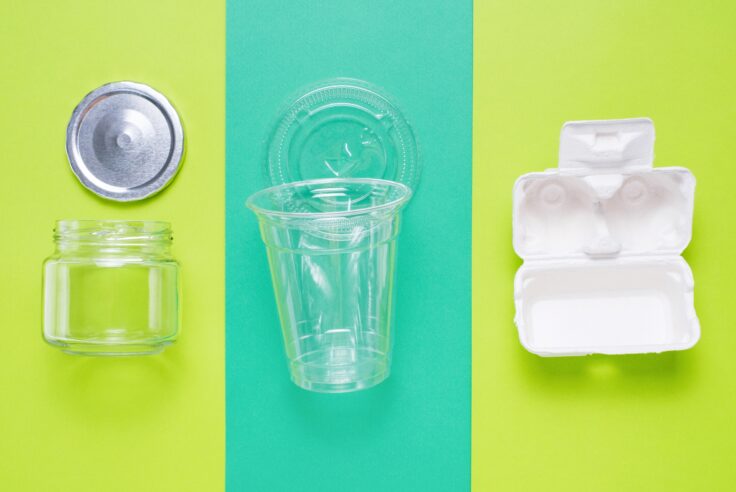
Blog Post
8 Tips to Navigate Life Cycle Assessments for Circular...
Closed Loop Partners’ Center for the Circular Economy...
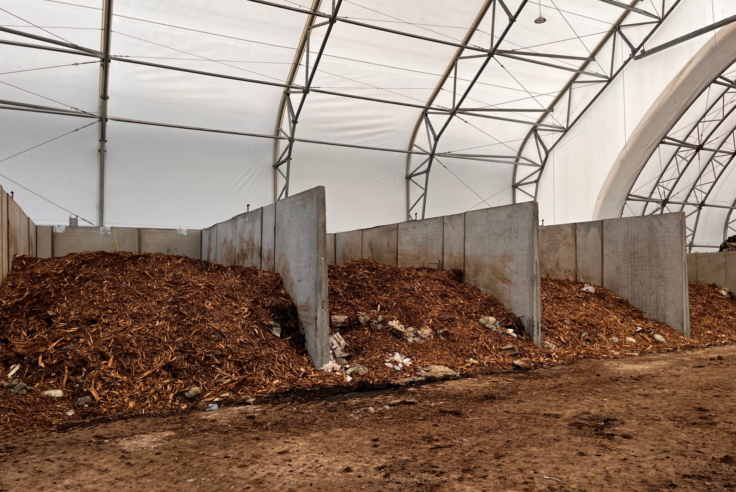
Blog Post
Why More Composters Are Recovering Food Scraps and...
Black Earth Compost and Glacial Ridge Composting Facility...
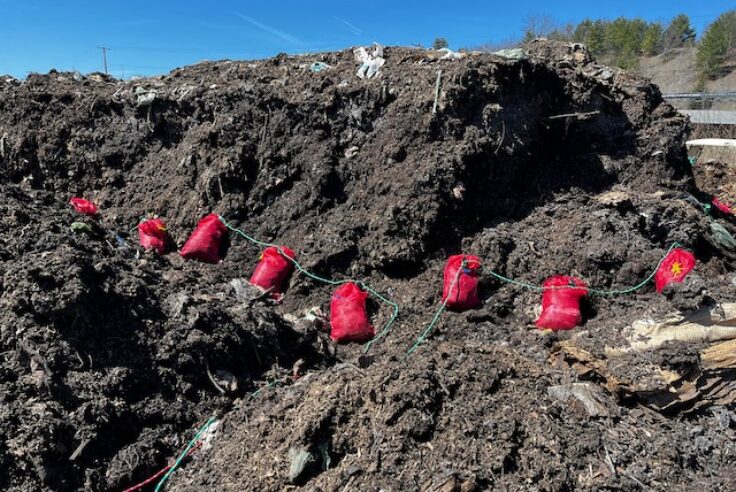
Blog Post
Does Compostable Packaging Actually Turn into Compost?...
In a joint interview, field testing experts, including...
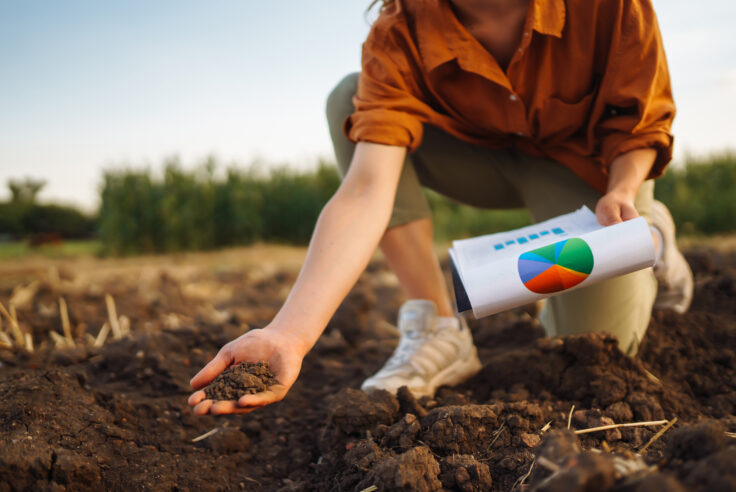
Press Release
Composting Consortium Releases New Data to Compostable...
The new platform by the Compostable Field Testing Program...
